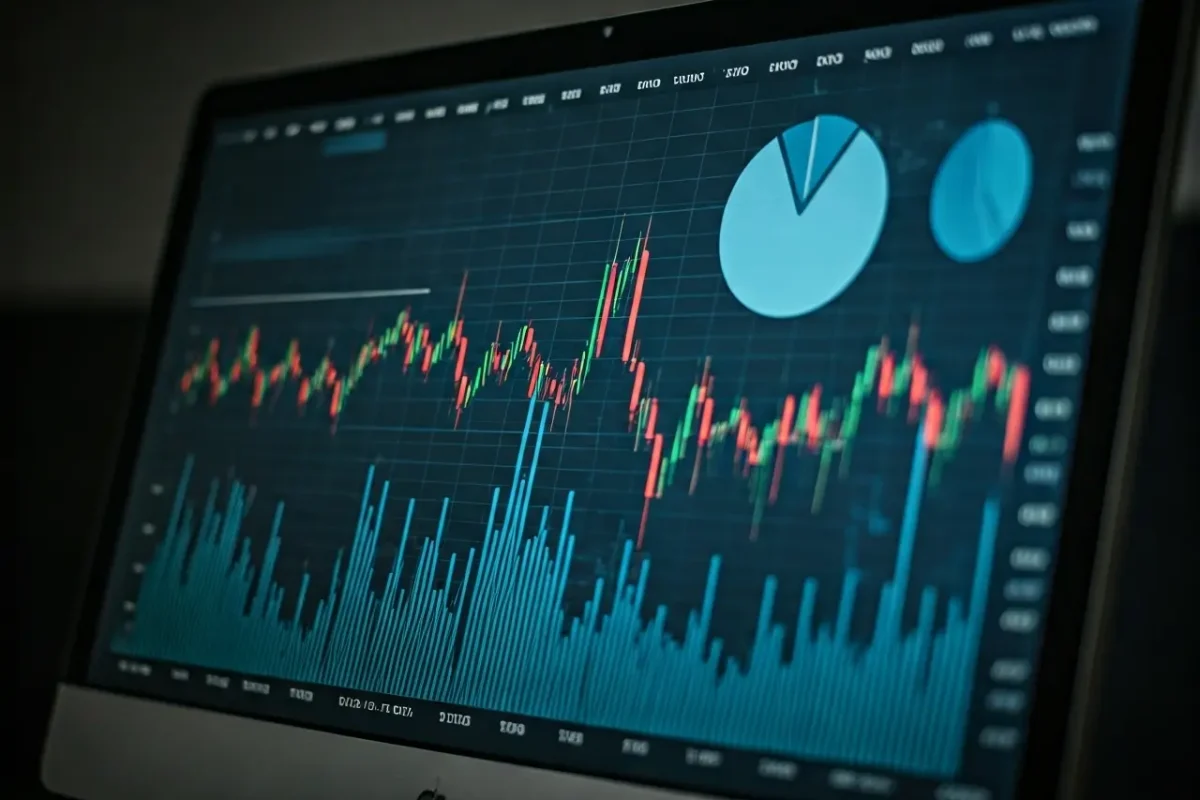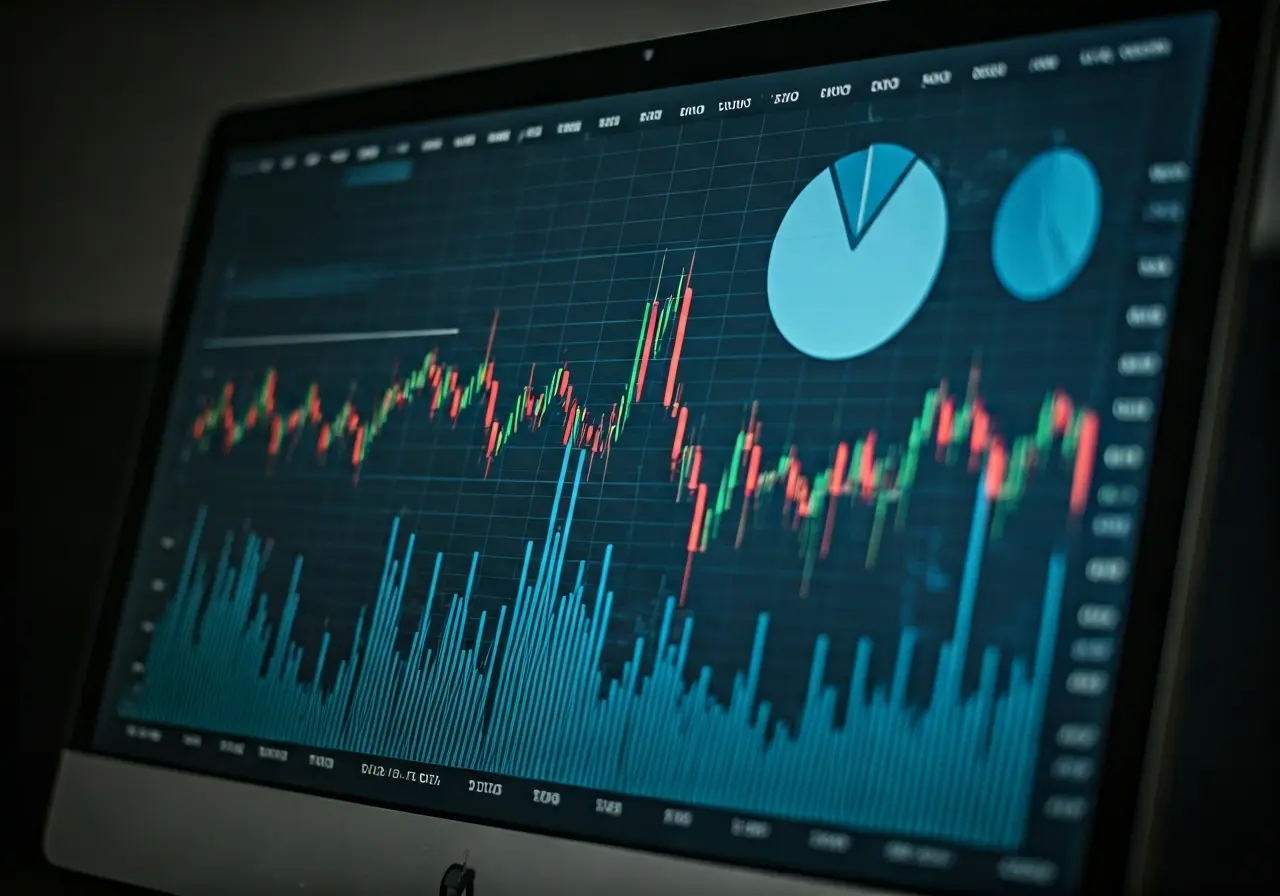In today’s rapidly evolving financial landscape, the intersection of technology and finance, known as fintech, is transforming multiple sectors. One area that is significantly benefiting from these innovations is debt recovery. This blog will explore how fintech is reshaping traditional debt recovery processes and what it means for businesses and consumers alike.
Understanding Fintech: A Brief Overview
Fintech refers to the integration of technology into offerings by financial services companies to improve their use and delivery to consumers. It encompasses a wide array of applications in financial services that help businesses streamline processes and enhance customer experiences.
At its core, fintech combines financial expertise with digital innovation. This synergy is paving the way for groundbreaking solutions in the financial industry. By harnessing the power of big data, artificial intelligence, and sophisticated algorithms, fintech companies are developing products that were unimaginable just a few years ago. From mobile banking apps that allow users to manage their finances on the go, to investment platforms that democratize trading, fintech is democratizing financial services.
One of the most compelling aspects of fintech is its ability to provide personalized financial solutions. In a world where consumers expect tailored experiences, fintech companies are leveraging technology to deliver just that. By analyzing data patterns, these companies can anticipate individual needs, offering bespoke advice and services that cater specifically to a user’s financial situation. Such advancements are not only enhancing customer satisfaction but are also setting new standards for the financial services industry.
Traditional Debt Recovery Methods and Their Challenges
Debt recovery traditionally involves manual processes, which can be time-consuming and inefficient. These conventional methods often lack transparency and can lead to negative customer experiences, making the need for a shift toward innovation imperative.
Historically, debt collection has been an arduous task fraught with inefficiencies. Traditional methods often rely on phone calls and letters, hoping to reach debtors in what can be best described as an outdated and ineffective approach. Elongated recovery timelines and low success rates are not uncommon, much to the dismay of creditors desperate to recover funds.
Moreover, these processes can be distressing for customers. The lack of clarity and communication can lead to misunderstandings, adding stress to an already tense situation. For debtors, suddenly finding themselves on the receiving end of relentless collection efforts can damage their trust in the issuing company, souring relationships irretrievably. These interactions often lack the empathy necessary to aid a debtor in crisis.
There’s also the regulatory aspect to consider. Compliance with financial regulations often requires meticulous documentation and reporting, which can be cumbersome with manual processes. As a result, businesses are not only facing operational challenges but also the risk of failing to adhere to necessary legal standards. The need for transformation in this sector is evident, and fintech provides a viable pathway forward.
How Fintech is Transforming Debt Recovery
Fintech solutions are automating and optimizing the debt recovery process, providing real-time data access, and enabling personalized repayment plans. These technologies enhance efficiency, reduce collection costs, and improve the debtor experience.
Automation lies at the heart of fintech’s transformation of debt recovery. By leveraging machine learning and AI, fintech solutions can process vast amounts of data in mere seconds, pinpointing trends and identifying potential risks with alarming accuracy. This means that companies can detect issues early and take proactive measures, potentially averting defaults before they occur. Moreover, automation reduces the human error that’s often prevalent in manual processes, ensuring that all operations remain compliant with industry standards.
A noteworthy aspect of fintech’s influence in debt recovery is the development of intelligent communication platforms. These platforms utilize chatbots and AI to interact with debtors in a manner that’s not only efficient but also humanizing. Instead of bombarding debtors with aggressive calls, these solutions engage them in meaningful conversations, providing personalized advice and solutions that cater to their specific financial situations. This approach not only facilitates smoother recoveries but also builds better customer relationships, turning potentially adversarial encounters into collaborative problem-solving experiences.
The Benefits of Fintech in Debt Recovery
With fintech, businesses can achieve better compliance with regulations, increased recovery rates, and improved customer relationships. Automation and data analytics drive more accurate risk assessments and allow for proactive engagement with debtors.
Furthermore, the transparency fintech introduces into the debt recovery process can’t be underestimated. Real-time access to data ensures all parties involved have a clear, current understanding of the repayment process. This transparency not only aids creditors in making informed decisions but also empowers debtors by providing them with the information they need to manage their obligations judiciously.
In addition, fintech enables customized repayment options. Using sophisticated analytics, fintech platforms can assess a debtor’s financial circumstances and propose tailored repayment plans that fit their budget. This flexibility is key to improving recovery rates, as it accommodates a debtor’s ability to pay rather than insisting on a one-size-fits-all approach. This bespoke service not only encourages adherence to payment plans but also diminishes the likelihood of future defaults, creating a win-win scenario for both lenders and borrowers.
Future Trends: What’s Next for Fintech in Debt Recovery?
As technology continues to advance, future trends may include the development of artificial intelligence for predictive analytics, blockchain for secure transactions, and enhanced mobile platforms for improved debtor interaction.
The future of debt recovery is poised to be markedly different from what we experience today. Machine learning algorithms are evolving, ushering in an era where predictive analytics could play a significant role in debt recovery strategies. By anticipating potential defaults before they occur, businesses can tailor their interventions to prevent escalation, maintaining healthier credit portfolios.
Blockchain technology is another frontier offering exciting possibilities for debt recovery. Its inherently secure and transparent nature could revolutionize how transactions and records are managed. For the debt recovery process, this means enhanced security and transparency, ensuring all parties have trust in the system. Enhanced mobile platforms, meanwhile, promise more seamless interactions, allowing debtors to engage with their accounts at their convenience—anytime and anywhere—fostering a sense of control and ownership over their financial obligations.
The Future of Debt Recovery in the Fintech Era
Fintech is undeniably rewriting the rules of debt recovery, making it more efficient, transparent, and customer-oriented. Businesses leveraging these technologies are better equipped to handle debt collection challenges, while consumers benefit from fairer and more manageable repayment options. As fintech continues to evolve, its role in debt recovery is set to become even more integral.







